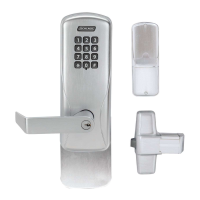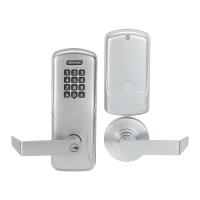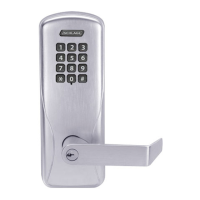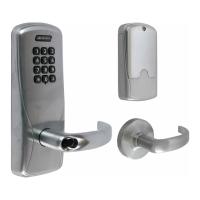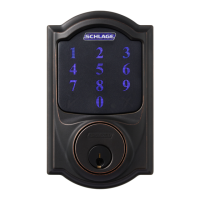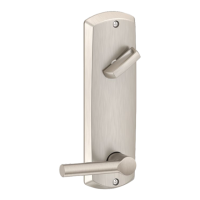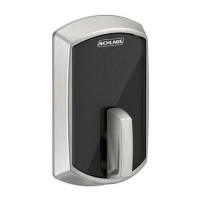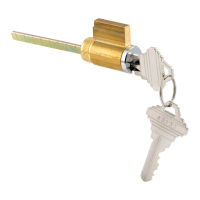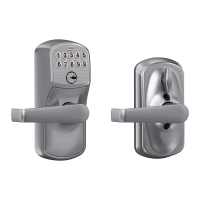Why is the Schlage button always on solid green on my Schlage CO-200?
- JJose JamesJul 27, 2025
If the Schlage button on your lock is always on solid green, it might be due to misaligned triangles on the outside lock assembly, specifically in cylindrical and mortise locks. To resolve this, check the outside lock assembly and ensure that the triangles on the back are properly aligned. Refer to the installation instructions that came with your CO-200 lock for detailed guidance.
